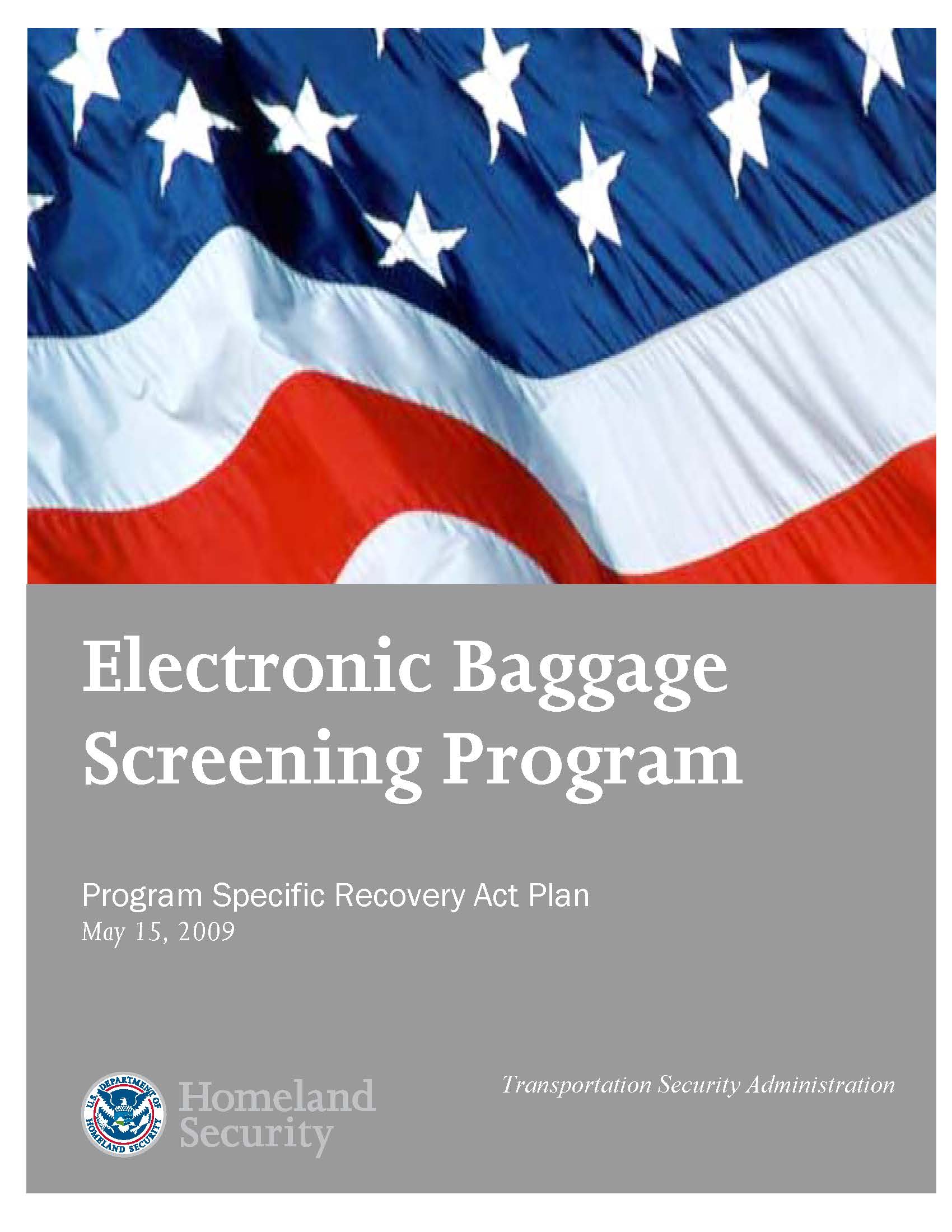ACRP Report 8: Lightning-Warning Systems for Use by Airports
Publication Date
2008-11-03Abstract
Cloud-to-ground lightning strokes present a clear and immediate danger for ground personnel involved in outdoor ramp operations, such as aircraft fueling, baggage handling, food service, tug operations, and guiding and directing aircraft to their assigned gates. When this danger presents, airport ramp operations are suspended until the threat has passed. Airport staff engaged in outdoor activities are also subject to the impact of lightning strikes.
Decisions about ground personnel and ramp operations are made by the airports and airlines, not by the Federal Aviation Administration (FAA). Individual airlines, companies providing airport workers, and airport management often have very different procedures and standards for identifying and responding to potential lightning hazards. This report provides a quantitative means to assess the operational benefits associated with delay reductions that lightning detection and warning systems can generate. It enables an assessment of whether such systems are cost-beneficial on an individual airport or airline basis.
Publisher
Transportation Research Board of the National AcademiesCreator
Heitkemper, L., et al.Sponsor
Federal Aviation AdministrationCitation
Heitkemper, L., Price, R.F., & Johnson, D.B. (2008). ACRP Report 8: Lightning-Warning Systems for Use by Airports. Transportation Research Board of the National Academies, Washington, D.C.










